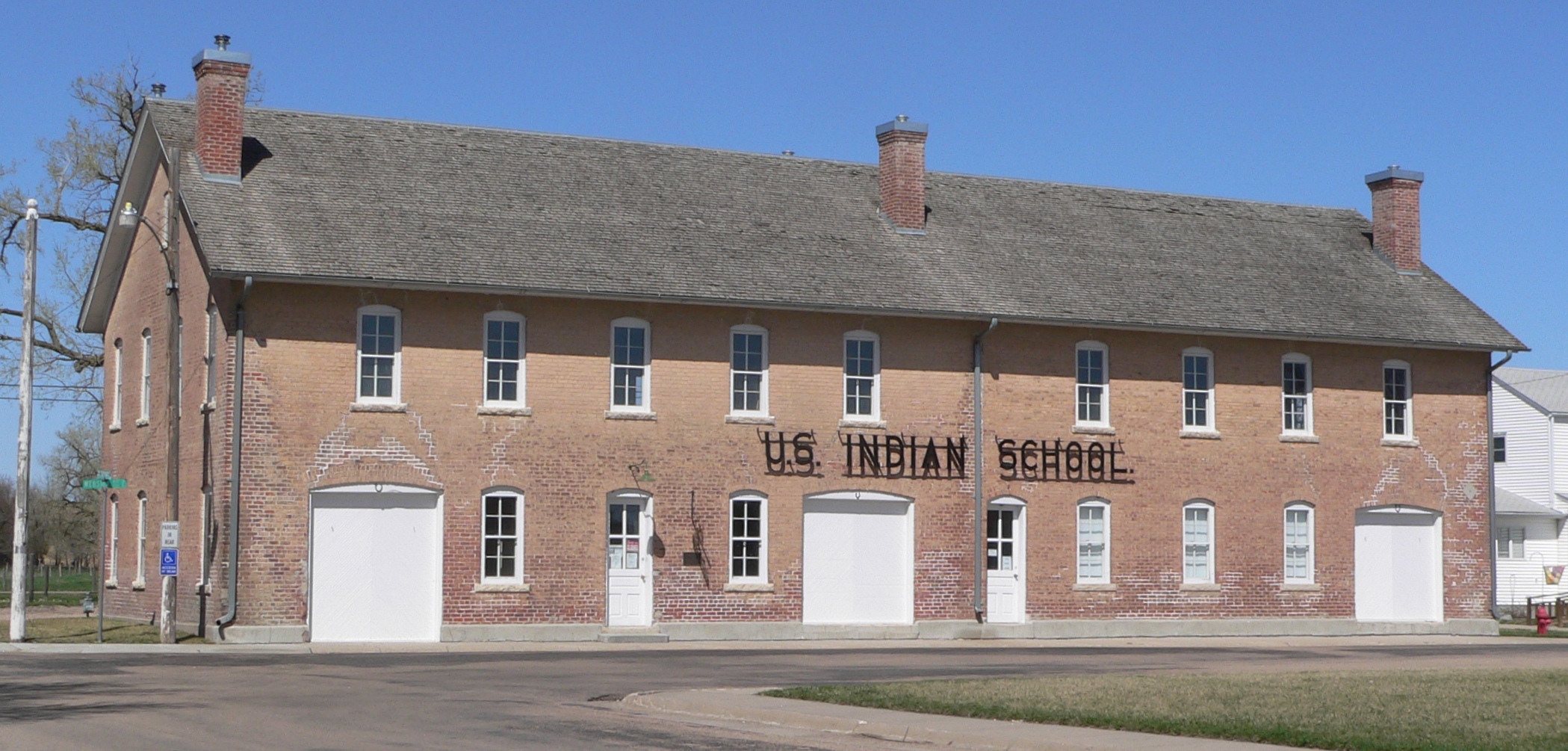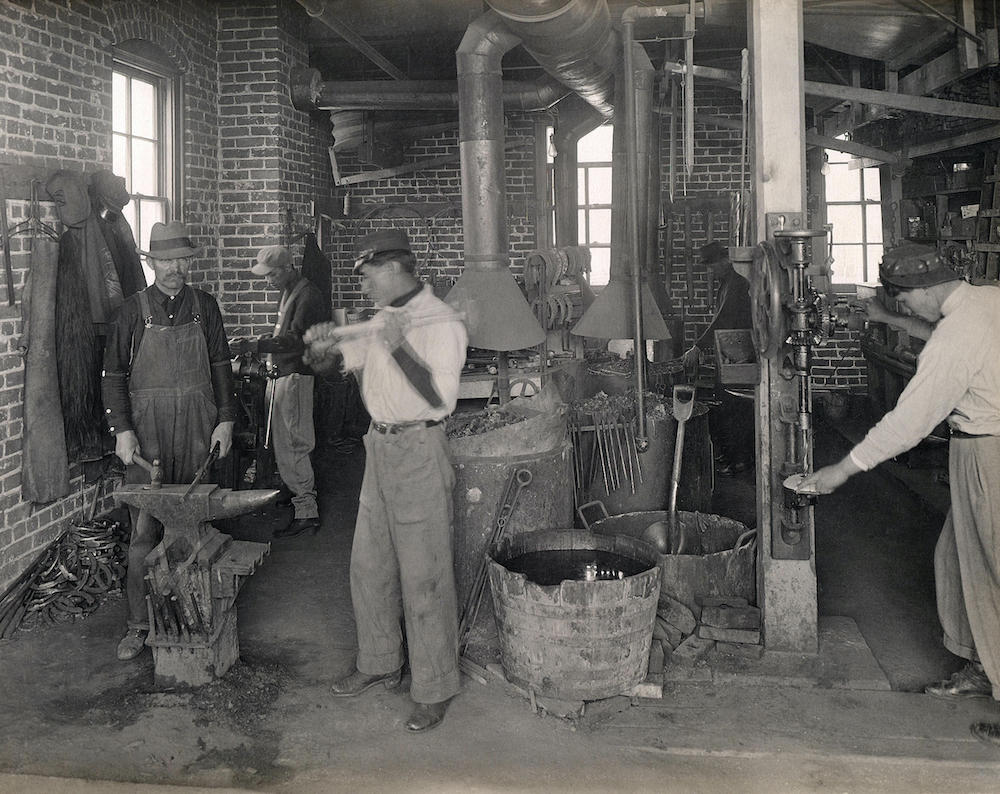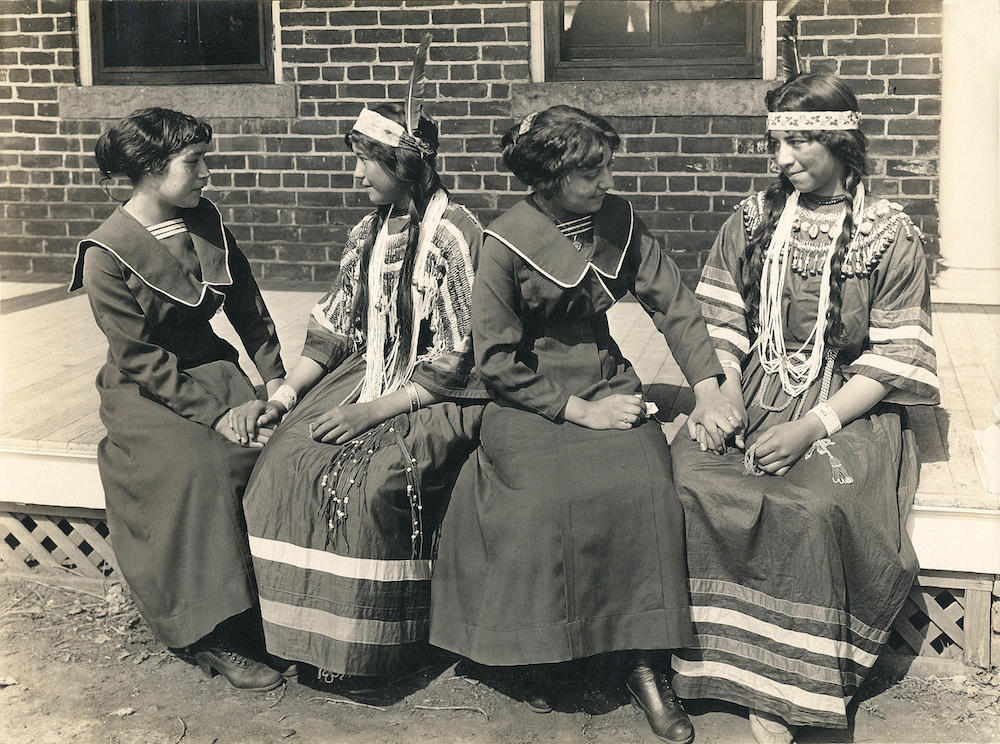
The Genoa U.S. Indian Industrial School in Genoa, Nebraska, began in a one-room schoolhouse that the United States had originally built on the Pawnee reservation as part of its treaty obligations. After the Pawnees were pushed to Indian Territory (today's Oklahoma) in the mid-1870s, the United States converted their school into the Genoa School. Eventually Genoa became a sprawling 640-acre campus with over thirty buildings. During its fifty years of operation from 1884 to 1934, the school enrolled over 4,300 children representing over forty Indian Nations.
Genoa was but one of over 300 Indian boarding schools that were established by the government and churches in the late nineteenth and early twentieth centuries. As attendance at boarding schools was government policy, officials forced children as young as 5 years of age to live apart from their families against the wishes of their families and tribes. By 1900 alone, nearly 78% of all Indian children who attended school were enrolled in boarding schools.

Authorities designed the schools to "kill the Indian to save the man," as Captain Richard Henry Pratt, the founder of Carlisle Indian School, put it. To assimilate Indian children and break their ties to their families, tribes, and homelands, most teachers and administrators forbid students from speaking their native languages and required Christian conversion. They formed students into military-style companies and made them march and drill each day.
Most schools offered an educational curriculum for only half the day. For the other half of each day, students had to labor in their school's laundry, kitchen, farm, foundry, and other work settings or be "outed" to work for local non-Indian families.

Memoirs and oral histories of attendees reveal that boarding schools gave some Indian children new opportunities and also subjected many to harsh discipline, abuse, and exploitation. Diseases such as tuberculosis spread quickly in the over-crowded schools, and death rates were high. Cemeteries were a standard feature of the schools.
Most schools closed by World War II, but the government continued to operate many Indian boarding schools until the 1970s. New legislation enabled tribes to gain greater control over the remaining schools by the late twentieth century.

Citizens in the town of Genoa established the Genoa U.S. Indian School Foundation in 1990. They created an interpretive center in the school's Manual Training Building, which is on the National Register of Historic Places. They have sponsored annual reunions of Genoa students and their families since 1990.
There are few American Indian families that did not have a relative who attended one of these schools, and today American Indian families are still living with the legacies of the schools. Other nations, including Canada and Australia, also removed Indigenous children from their homelands and families to attend distant schools. These nations have issued apologies and made reparations to their Indigenous peoples for these practices. Canada held a truth and reconciliation commission to help the nation as a whole understand the gravity of the schools.
Most Americans know little about the history of the schools in the United States. This project aims to bring greater awareness of the schools and their legacies at the same time as it hopes to return the histories of Indian children from government repositories back to their families and tribes.